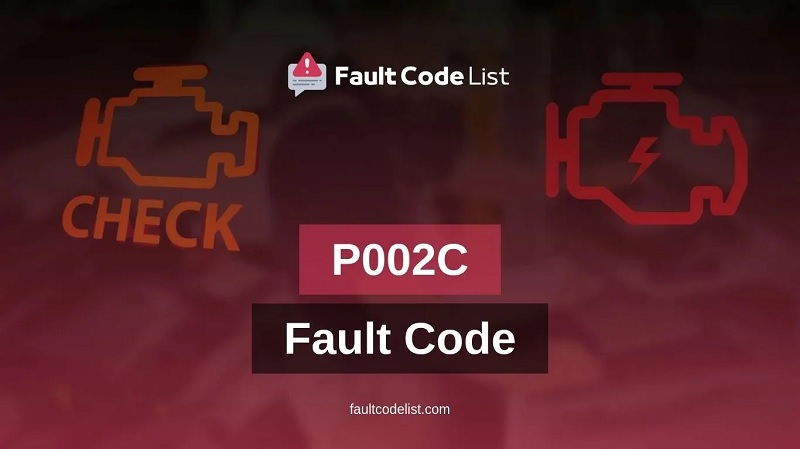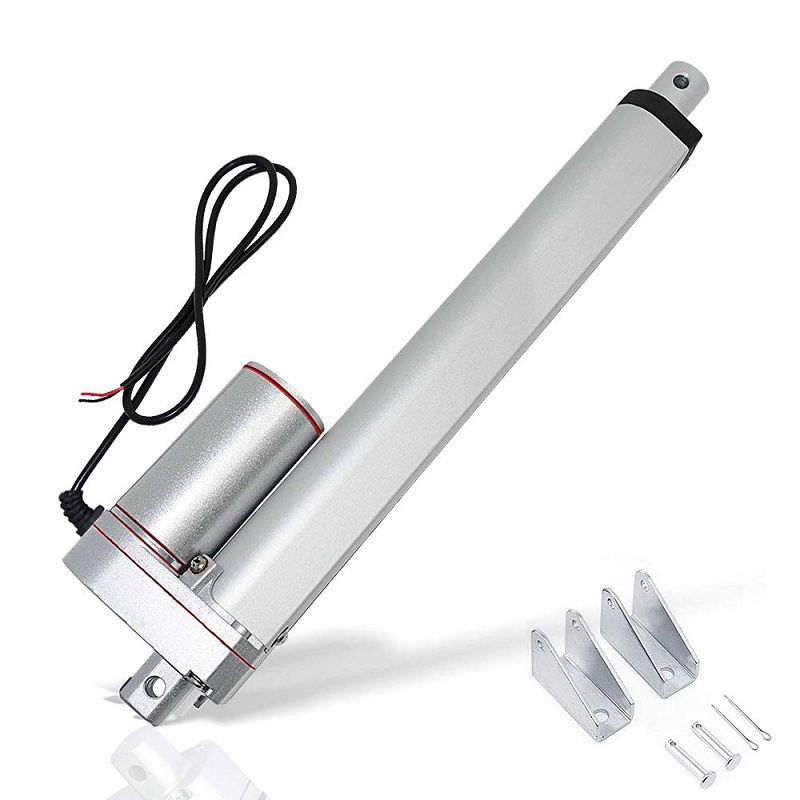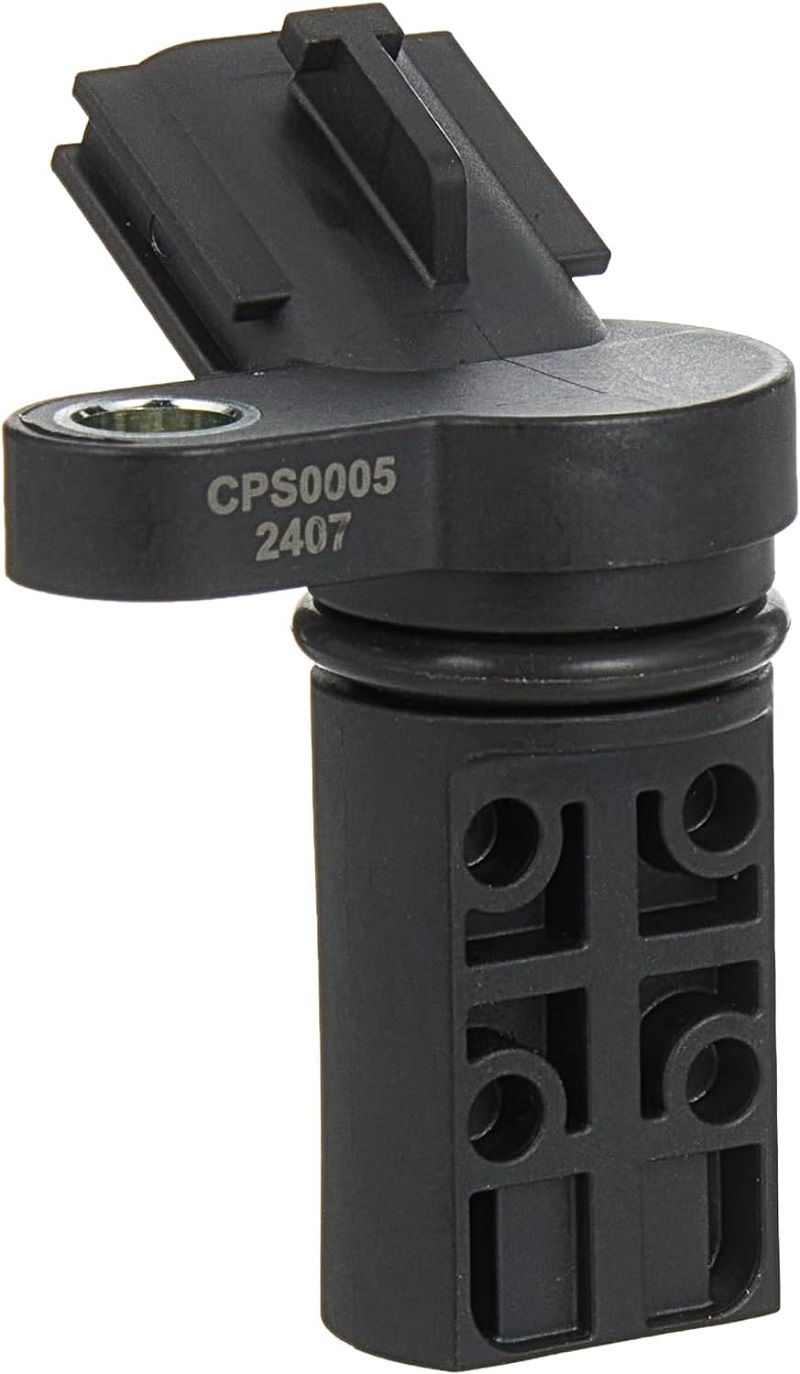This post contains affiliate links. This means I will make a commission at no extra cost to you should you click through and make a purchase [ “As an Amazon Associate, I earn from qualifying purchases.” ]. Read the full disclosure here.
Understanding the P002C DTC: “B” Camshaft Profile Control Circuit High Bank 1 GuideMechanic.Com In the realm of modern vehicle diagnostics, the emergence of trouble codes like P002C can raise concerns for both car owners and technicians.
P002C is a generic OBD-II trouble code that specifically indicates a potential issue with the “B” camshaft profile control circuit being high in Bank 1 of the engine.
In this comprehensive article, we’ll delve into the nuances of this diagnostic trouble code, deciphering its meaning, potential causes, and steps for effective resolution.
See Also: P002A “B” Camshaft Profile Control Circuit/Open Bank 1
P002C “B” Camshaft Profile Control Circuit High Bank 1
Deciphering P002C

P002C is a diagnostic trouble code that signifies an issue related to the “B” camshaft profile control circuit being high in Bank 1 of the engine. To understand this code fully, let’s break it down:
“B” Camshaft:
Many modern engines feature dual overhead camshafts (DOHC) with multiple cam profiles to optimize performance and fuel efficiency. The “B” camshaft refers to one of these camshafts, typically associated with specific engine functions.
Profile Control Circuit:
Camshaft profile control systems adjust the timing and lift of the camshaft lobes, allowing for variable valve timing (VVT) and improved engine performance across different operating conditions.
High Bank 1:
In engines with multiple banks, Bank 1 usually refers to the side of the engine where cylinder number 1 is located. It’s crucial to note that Bank 1 and Bank 2 configurations can vary depending on the engine layout.
When the engine control module (ECM) detects a high voltage or excessive signal in the “B” camshaft profile control circuit of Bank 1, it triggers the P002C trouble code, indicating the need for further diagnosis and repair.
P002C “B” Camshaft Profile Control Circuit High Bank 1
Common Causes of P002C
Check out this ECO-WORTHY Heavy Duty 330lbs Solar Tracker Linear Actuator Multi-Function (12V, 8″)

Diagnosing and resolving a P002C trouble code requires a systematic approach and thorough inspection. Several factors could contribute to the emergence of this fault, including:
Faulty Camshaft Position Actuator:
The camshaft position actuator controls the timing and lift of the camshaft lobes based on signals from the ECM. A malfunctioning actuator can lead to erratic behavior in the camshaft profile control circuit, resulting in the generation of the P002C code.
Wiring Issues:
Short circuits, damaged wiring, or poor connections within the camshaft profile control circuit can cause electrical anomalies, leading to a high signal condition and the subsequent P002C trouble code.
Connector Problems:
Loose or corroded electrical connectors at the camshaft position actuator or ECM can disrupt signal transmission, resulting in an abnormally high voltage in the circuit.
Faulty Camshaft Position Sensor:
The camshaft position sensor provides feedback to the ECM regarding the position and speed of the camshaft. A malfunctioning sensor can generate inaccurate data, causing the ECM to interpret a high signal condition in the camshaft profile control circuit.
Oil Flow Issues:
Variable valve timing systems rely on engine oil pressure to actuate the camshaft position actuator. Any restrictions in oil flow or low oil pressure can affect the operation of the system, leading to abnormal behavior in the camshaft profile control circuit.
ECM Malfunction:
In rare cases, a malfunctioning ECM may misinterpret sensor data or fail to control the camshaft profile effectively, resulting in the generation of the P002C trouble code.
P002C “B” Camshaft Profile Control Circuit High Bank 1
Diagnosing and Resolving P002C
Check out this Hitachi CPS0005 Engine Camshaft Position Sensor

Addressing a P002C trouble code requires a methodical diagnostic approach to identify the root cause accurately. Here’s a step-by-step guide to diagnosing and resolving this fault:
Code Retrieval:
Utilize an OBD-II scanner to retrieve the trouble codes stored in the ECM. Confirm the presence of the P002C code and any accompanying codes, which may provide additional insight into the issue.
Visual Inspection:
Conduct a visual inspection of the camshaft position actuator, wiring harness, and electrical connectors. Look for signs of damage, corrosion, or loose connections. Repair or replace any damaged components as necessary.
Test Camshaft Position Actuator:
Test the functionality of the camshaft position actuator using a scan tool or multimeter. Verify that the actuator responds correctly to commands from the ECM and that it can adjust the camshaft profile as required.
Check Wiring and Connectors:
Test the continuity and integrity of the wiring harness between the camshaft position actuator and the ECM. Repair any short circuits, damaged wires, or poor connections. Ensure that electrical connectors are secure and free of corrosion.
Inspect Camshaft Position Sensor:
Test the camshaft position sensor for proper operation and signal output. Verify that the sensor provides accurate data to the ECM regarding the camshaft’s position and speed.
Verify Oil Flow:
Inspect the engine’s oil level and condition, ensuring that it meets the manufacturer’s specifications. Check for any signs of oil leaks or contamination. Test the oil pressure to ensure that it’s within the acceptable range for proper variable valve timing operation.
Evaluate ECM Functionality:
If all other components check out, consider the possibility of an ECM malfunction. Perform diagnostic tests to assess the ECM’s ability to control the camshaft profile and interpret sensor data accurately.
Clear Codes and Test Drive:
After addressing any identified issues, clear the trouble codes from the ECM’s memory using the OBD-II scanner. Take the vehicle for a test drive to ensure that the P002C trouble code does not return.
Conclusion
See Also: P002B “B” Camshaft Profile Control Circuit Low Bank 1
The P002C trouble code highlights potential issues with the “B” camshaft profile control circuit being high in Bank 1 of the engine. While diagnosing and resolving this fault may require technical expertise and diagnostic equipment, understanding the underlying causes and following a systematic approach can facilitate an effective resolution.
By addressing the root cause of the P002C trouble code promptly, vehicle owners and technicians can restore optimal engine performance, reliability, and efficiency. If in doubt, seeking assistance from a qualified automotive professional can help diagnose and repair the issue accurately.
- Wynn’s Catalytic Converter Cleaner 325ml - April 17, 2025
- How to Use Catalytic Converter Cleaner - April 16, 2025
- Dura Lube Catalytic Converter Cleaner: Does It Work? - April 15, 2025
